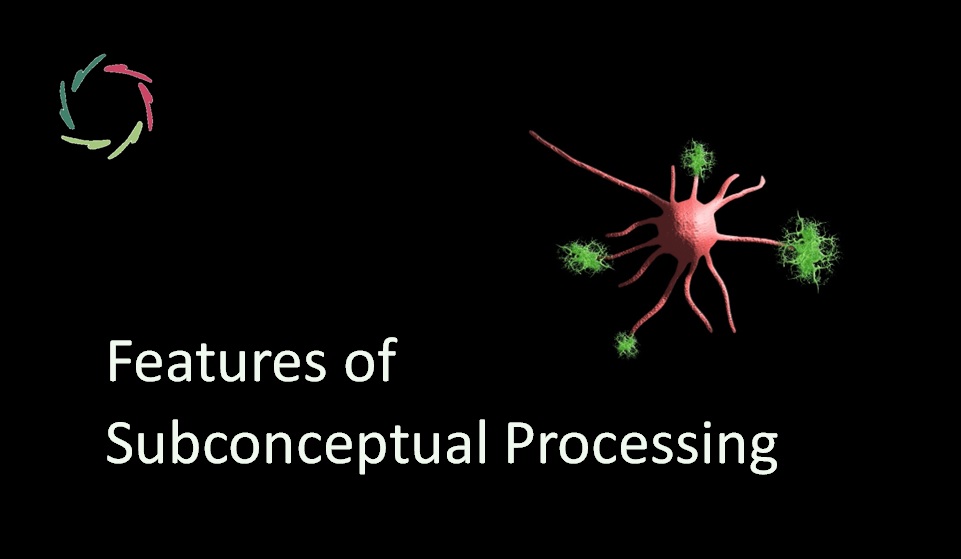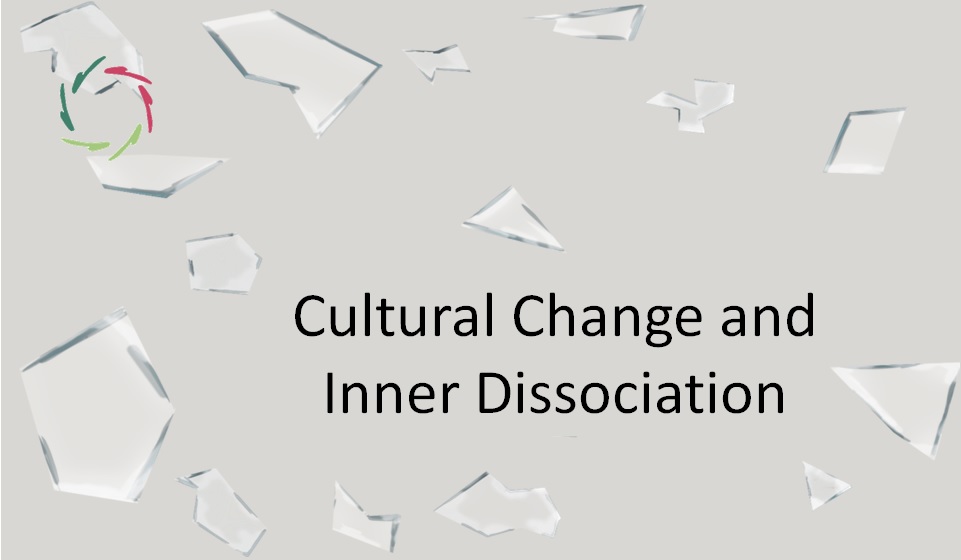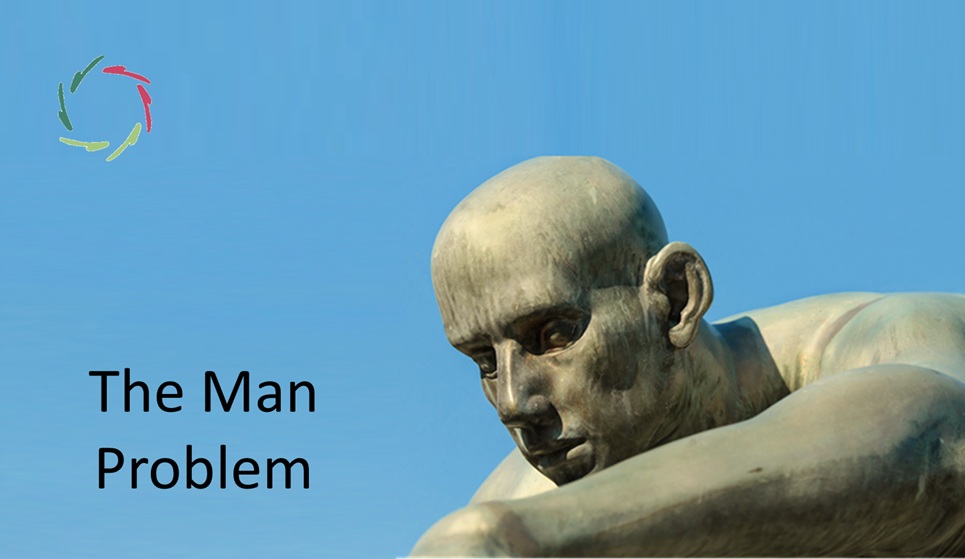Features of Subconceptual Processing

According to Subconceptual Processing Theory (SPT), many characteristics of our thinking should be traceable to this phenomenon, as indeed, they are.
SPT is the self-consistent – at least – whole of theorizing about mental subconceptual processing. In the human case, this is about how neurons, synapses, molecules, etc., achieve cognition in a broad sense.
Origin of our thinking
As I show in other writings, the mental subconceptual processing level is where our thinking continually originates. According to SPT, the conceptual level emerges from this ― including conscious awareness of the same.
Some characteristics of human-case subconceptual processing
The following is a non-exhaustive enumeration of features of our thinking that naturally flow from our being subconceptual processors. Here, for the sake of clarity, I focus on the mental-neuronal processing (MNP) perspective. Of course, there is more to it, even in ‘our’ case. At an abstract level, many of these might eventually be characteristics of any complex intelligent system, whether based on carbon, silicon, or light.
You may recognize several of these characteristics in their practical consequences for yourself ― an interesting exercise:
- Graceful degradation: Things do not totally and suddenly break down when some part of an MNP is missing or functions suboptimally. The pattern still works as a pattern, although slightly less. For example, you learned a foreign language but didn’t speak it for a long time.
- Concurrent multiple soft constraint satisfaction: Several MNPs may simultaneously constrain the one in focus. For example, you think somewhat differently according to your mood even when you’re not fully conscious of your mood.
- Content-addressable memory: This is also how MNP recognition and completion (PRC) works. For example, part of a memory trace may spontaneously bring back the whole memory.
- ‘Predictive brain’: PRC in action in many ways. For example, you may see something because you are expecting it.
- Degrees of robustness: Some MNPs are more robust than others. For example, you may less easily forget things that mean a lot to you. Your spouse may draw conclusions from this.
- Ability to naturally learn from experience: MNPs are formed and activated during the action. For example, +/- 70% of practical knowledge is learned this way.
- The automatic appearance of ‘conditioning’-like phenomena: MNPs can get ‘engrained’ without conscious awareness. This can also be negative. For example, learning to be afraid of specific social situations.
- Spontaneous generalization: Overlapping MNPs may be recognized as being somehow of the same kind. For example, children at play can learn to recognize situations in which to behave a certain way.
- Spontaneous forming of an internal ontology: like the previous point, but more modular in the result. For example, children may learn this way that ‘verbs’ and ‘substantives’ are words of different categories.
- From exemplars toward categorizations: One specific MNP instantiation can function as an attraction for many highly overlapping ones. For example, you may specifically remember one instance of many related happenings.
- Mental depth through broadly distributed and partially overlapping MNPs. The creation of mental depth may happen spontaneously. For example, acquiring depth as a person of experience.
- Positive and negative whirlpool phenomena: Dissipative structures emerge from the interaction of many MNPs. For example, the whirlpool of COVID and many other psychosomatic issues.
- Phenomena of attribution: MNPS from different domains may have enough overlap to activate each other partially. For example, related issues from diverse domains without clearly conceptual relation.
- Mental overlap leading to empathy: interindividual overlapping MNPs. For example, people may feel empathy more easily with others of the same kind.
- Spontaneous pleiotropy: one configuration of MNPs can lead to related results in different domains. For example, deep relatedness in pain and depression.
- Degeneracy: reaching similar results from different MNP configurations. For example, learning/studying may be done in diverse ways by several students.
- Graceful fading between mental health-related syndromes and between syndromes and normalcy: MNPs being fully or partially present. For example, this can be seen in many psychosomatic domains ― if not all. There are continua everywhere.
- Competence without comprehension: MNPs are active also without conceptualization. For example, this is how children can learn the grammar of one or more languages.
Importance to A.I.
Understanding human mental processing, one may strive toward abstracting the insights, turning them around, then looking for ways to implement the principles in a new medium. Two possible aims for this are:
- One may do this to better understand the human case ― very fruitful.
- One may combine this with original, non-human-related insights into intelligence and create ‘real A.I.’
To emulate the above list in-depth, I’m afraid one needs to almost replicate a human being, especially if one wants to replicate it all in a way that humans find ‘human.’ In other words, super-A.I. will probably never become really ‘human.’
Since almost the whole world is, one way or another, striving to attain super-A.I., it’s best to reach for a Compassionate realization. In my view, the above list is needed to attain this goal. Moreover, Compassionate A.I. also needs to comprehend the human type of implementation to be able to help us in-depth.
This makes the above list extremely important.


